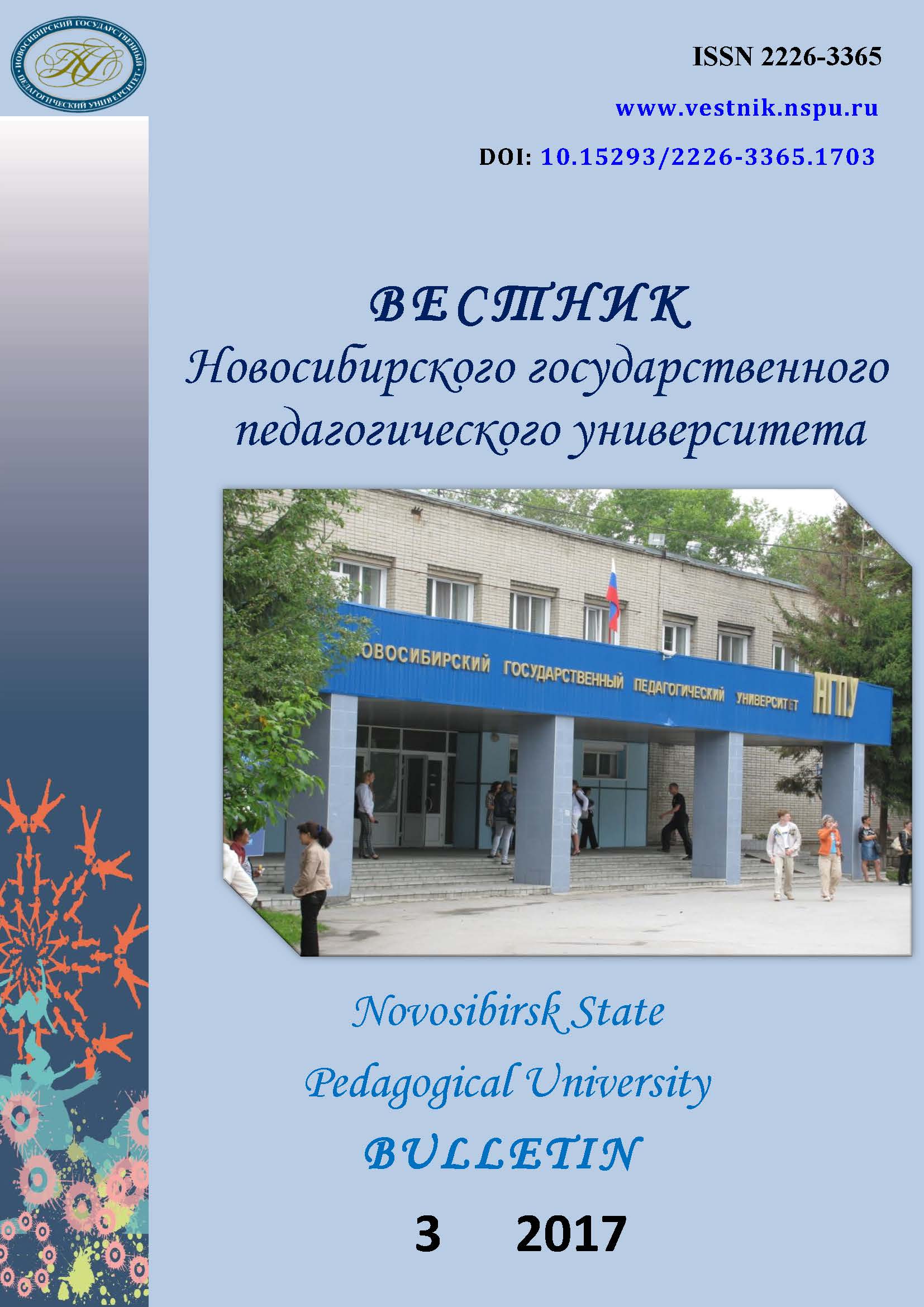Пространственное распределение мелких млекопитающих в зависимости от влияния рыжих лесных муравьев (Hymenoptera, Formicidae) и растительного покрова в условиях Нижегородского Предволжья
Spatial distribution of small mammals depending on the influence of red wood ants (Hymenoptera, Formicidae) and vegetation cover in conditions of the Volga Upland
Author(s): Elena Evgenievna Boryakova, Svetlana Anatolievna MelnikSubject(s): Regional Geography, Environmental Geography
Published by: Новосибирский государственный педагогический университет
Keywords: Small mammals; Burrow; Vegetation cover; Distance; Ant hills; Ant trails; Spatial heterogeneity
Summary/Abstract: Introduction. The article presents the results of research devoted to the study of the spatial interaction of small mammals and red wood ants as species with overlapping ecological niches. The aim of the research is to study the influence of ants Formica aquilonia Yarr. (Hymenoptera, Formicidae) on the spatial structure of Micromammalia populations in mixed forest. Materials and Methods. The research involved trapping of mammals, which was carried out by means of Gero traps. Geobotanical descriptions were made according to standard methods using areas 20 × 20 m; the package Statistica 6.0 was used for processing of results. Results. It is revealed that mouselike rodents follow anttrails despite the disturbance factor caused by ants. It is presumably due to vegetation in the immediate vicinity of anthills, and the conditions created by the plants. The obtained results enable the authors to conclude that there are two groups of small mammals with different ecological strategies: mammals inhabiting areas near ant-trails and anthills, and socalled "careful" ones, which settle over a distance. The "core" of the both groups probably includes dominant species, such as the bank vole Cletrionomys glareolus and the Pygmy field mouse Apodemus uralensis. The results of the study did not show that mammals, inhabiting areas near ant-trails and anthills, were attracted by species Formica aquilonia on trophic level. The study did not find the evidence of using ants as a food resource. Conclusions. The interaction of small mammals and ants in the mixed forests of the Volga Upland is, apparently, mediated by the influence of vegetation.
Journal: Вестник Новосибирского государственного педагогического университета
- Issue Year: 7/2017
- Issue No: 3
- Page Range: 177-193
- Page Count: 17
- Language: Russian

